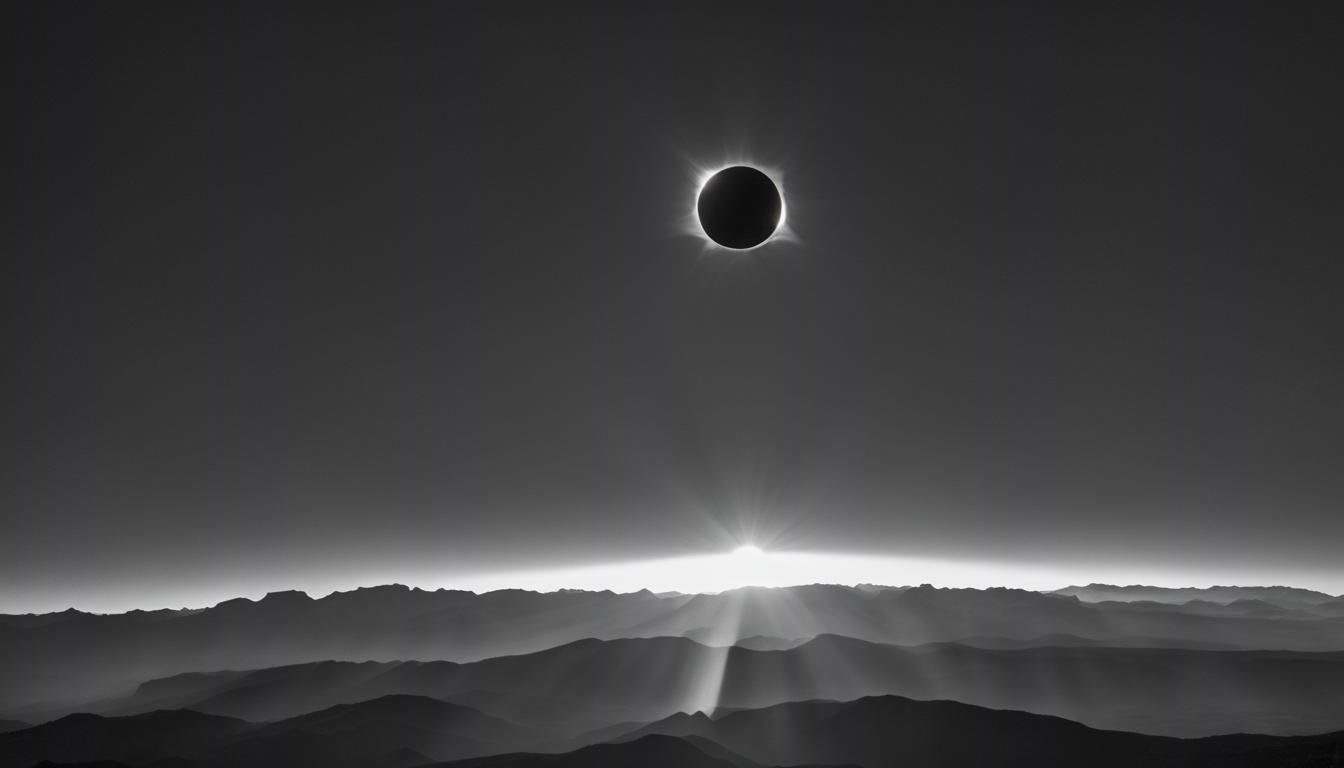On April 8, 2024, North America witnessed a total solar eclipse, marking a momentous occasion since the last such event in 2017, with the next anticipated in 2044. The path of totality covered major cities from Mexico to Canada, captivating millions despite challenges like the Texas Eclipse festival’s cancellation due to severe weather.
On April 8, 2024, observers across North America experienced the captivating phenomenon of a total solar eclipse, with the path of totality traversing from Mexico into the United States and then northeast towards Canada. This celestial event prompted widespread excitement, marking a significant occurrence since the last total solar eclipse visible in the US in 2017, with the next not expected until August 2044.
In Mazatlan, Mexico, spectators were among the first to witness the moon obscuring the sun, casting a temporary shadow that brought moments of darkness and a noticeable drop in temperature. The eclipse was a result of the moon passing directly in front of the sun, only allowing the sun’s corona to be visible and creating a twilight effect. This spectacle lasted over 4 minutes, notably longer than the previous coast-to-coast eclipse in the US, attributed to the moon’s close proximity to Earth at the time.
The phenomenon attracted global attention, with NASA, universities, and even astronauts aboard the International Space Station tuning in to observe and study the event. The wide path of totality covered major cities such as Dallas, Indianapolis, and Montreal, offering millions a chance to witness the event. Safety warnings were issued concerning the necessity of eye protection to view the eclipse directly, with experts advising the use of proper glasses or filters.
In a related development, the Texas Eclipse festival, a music event organized around the solar eclipse, was canceled hours before the scheduled phenomenon due to severe weather forecasts predicting high winds, tornadic activity, and thunderstorms. The sudden cancellation left attendees disgruntled, drawing comparisons to the Fyre Festival debacle of 2017. Organizers cited safety concerns and promised partial refunds, yet the move sparked significant criticism from those who had anticipated the combination of musical performances and celestial observation.
The total solar eclipse of 2024 thus stands as a moment of awe and disappointment, showcasing the stunning beauty of celestial mechanics while underscoring the challenges of terrestrial planning. As millions looked up to marvel at the rare astronomical event, others were left to grapple with the unforeseen consequences of nature’s unpredictability.













